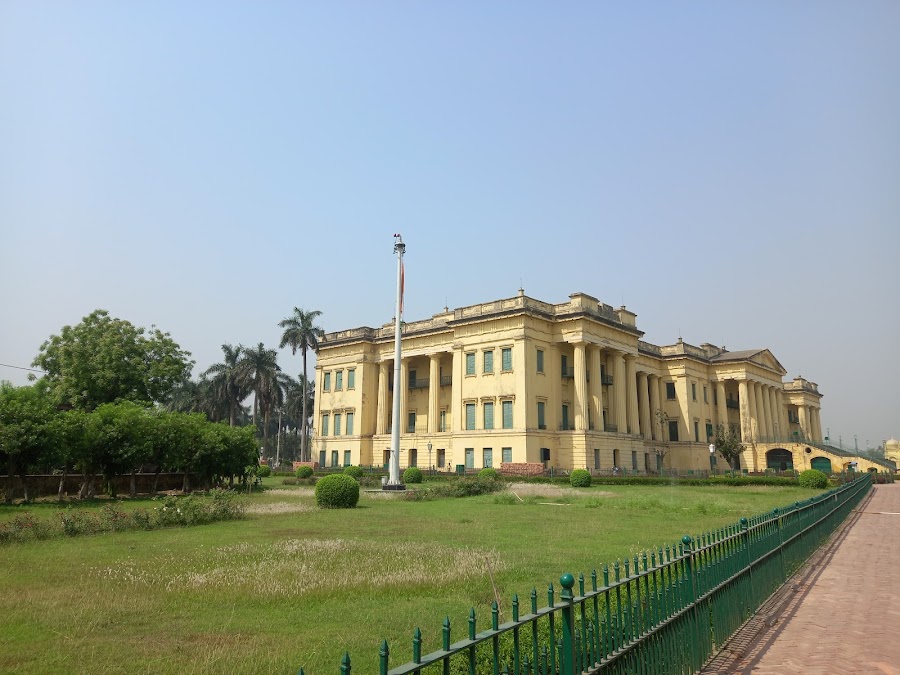
Hazarduari Palace
Murshidabad, India
- Explore the museum's historical artifacts.
- Learn about the Nawabs of Bengal.
- Photograph the palace's grand architecture.
- Stroll through the palace gardens.
- Visit the Imambara nearby.
Known for:
Description:
Hazarduari Palace, also known as the Palace with a Thousand Doors, is a magnificent structure and a major tourist attraction in Murshidabad. Built in the 19th century, it stands as a testament to the Nawabi era and the opulence of the region's past. The palace houses a museum with a vast collection of artifacts, including weapons, paintings, porcelain, and manuscripts, offering a glimpse into the lives of the Nawabs. Its architecture is a blend of Italian and British styles, featuring grand staircases, sprawling gardens, and numerous decorative elements. The palace's 1000 doors, of which only 900 are real, create an illusion of complexity and grandeur. Visiting Hazarduari Palace is like stepping back in time to experience the rich history and culture of Murshidabad.
History:
Commissioned by Nawab Nazim Humayun Jah of Bengal, Bihar and Orissa, the Hazarduari Palace was designed by Duncan Macleod and completed in 1837. It served as the venue for official durbars and meetings. The palace witnessed significant historical events, including the decline of the Nawabi rule and the rise of British influence. After the end of Nawabi rule, the palace was used for multiple purposes including a court. The palace was later converted into a museum to preserve the artifacts and heritage of the Nawabs. Today, it stands as a protected monument, attracting tourists and historians alike, eager to explore its rich past and architectural grandeur.